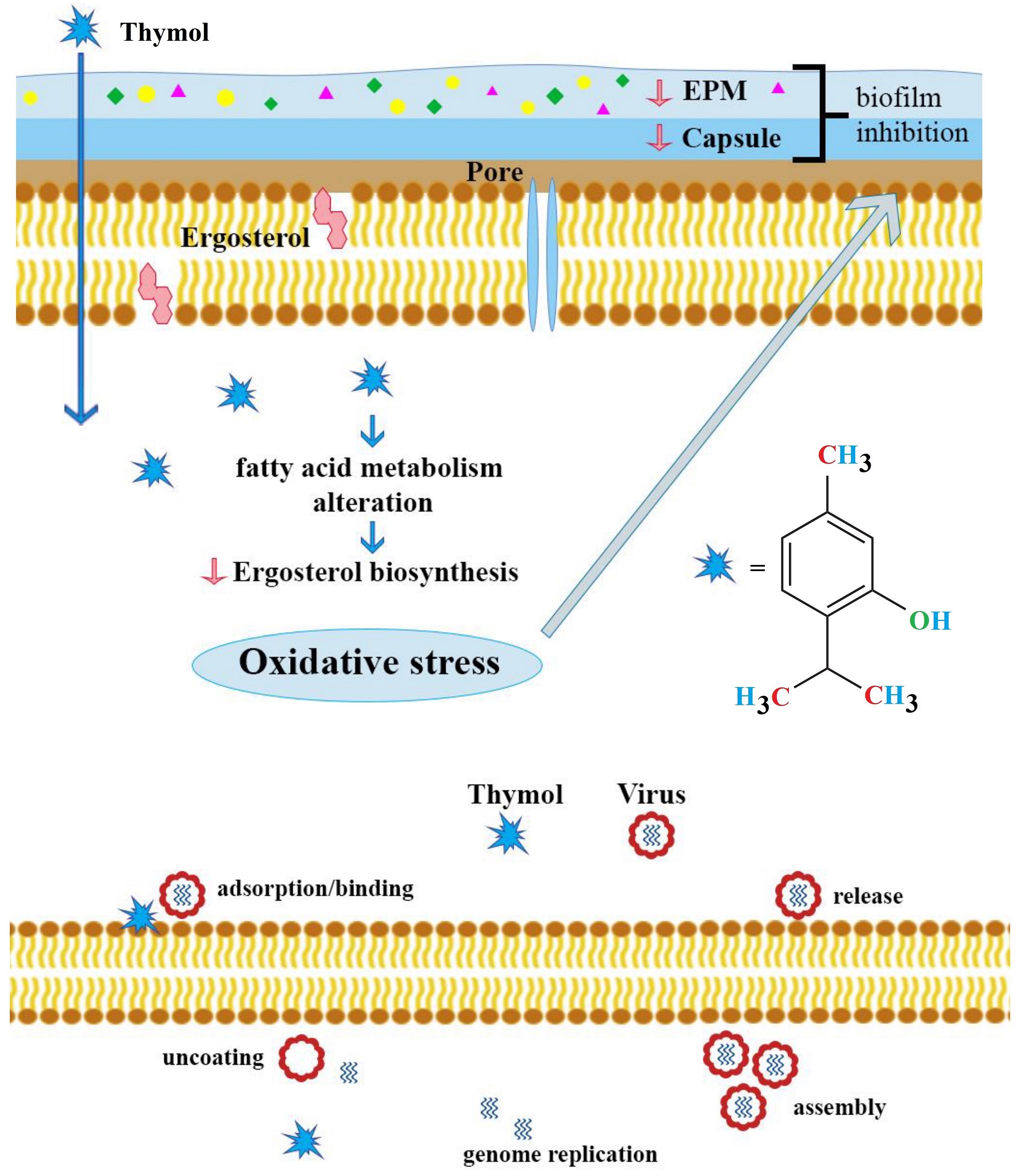Document Type : Mini-Review
Authors
1
Department of Chemistry, College of Education, University of Al-Qadisiyah, Iraq
2
Environmental Health Research Center, Research Institute for Health Development, Kurdistan University of Medical Sciences, Sanandaj, Kurdistan, Iran
3
Department of Biology, Faculty of Science, Razi University, Kermanshah, Iran
4
Ministry of Education, General Directorate for Education in Al-Qadisiyah, Iraq
5
Department of Agronomy and Plant Breeding, Faculty of Agriculture and Natural Resources, University of Mohaghegh Ardabili, Ardabil, Iran
6
Australasian Nanoscience and Nanotechnology Initiative, Melbourne, Australia
10.22034/mnba.2023.381107.1019
Abstract
Thymol is monoterpenic phenol with a wide range of therapeutic properties. Various pharmacological properties including antimicrobial, antineoplastic, anti-inflammatory, antidiabetic, antirheumatic, and antineurodegenerative have been found for this metabolite. The severity of peripheral nerve dysfunction in diabetes mellitus can be ameliorated by thymol treatment via decreasing tumor necrosis factor-α (TNF- α) and nitric oxide levels. In the case of the anticancer mechanism, thymol can increase the expression of the tumor suppressor of p53, Bcl-2-associated X protein (Bax), and apoptosis. Moreover, in this review, three main neurodegenerative diseases of Alzheimer's disease (AD), multiple sclerosis (MS), and Parkinson's disease (PD) have been discussed with respect to antineurodegenerative activities of thymol. Recent studies show that novel formulations of thymol in the nanoscale can improve therapeutic activities such as thymol release in vitro and in vivo. Antimicrobial and antioxidant activities of thymol against both Gram-negative and Gram-positive bacteria can be augmented by various nanoformulations. Therefore, we have tried to discuss the advantages and disadvantages of micro and nanoformulations of this bioactive material according to recent investigations.
Graphical Abstract

Highlights
- Thymol illustrated reduction of diabetic neuropathy by inhibition of the elevated cytokines, restoration of levels of Na+K+ATPase, decreasing of tumor necrosis factor-α (TNF-α) and NO level.
- Loading thymol by modified polymeric NPs on high and low doses showed respectively a reduction and increase in brain-derived neurotrophic factor (BDNF) expression in both normal and high glucose conditions.
- For anticancer mechanism, the arresting of the cell cycle at the G0/G1 interface was found for thymol against human malignant glioblastoma cells.
Keywords
Main Subjects

